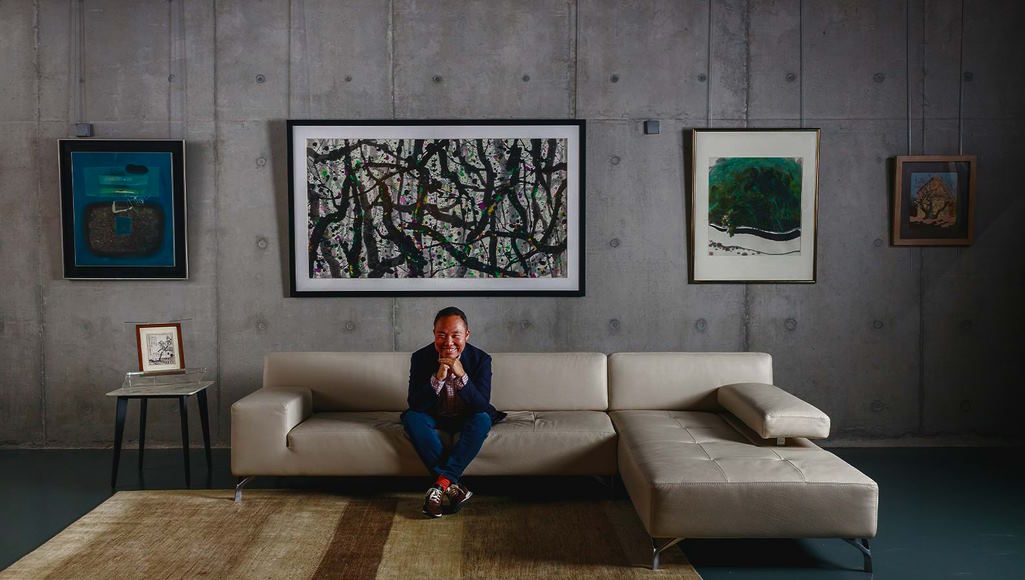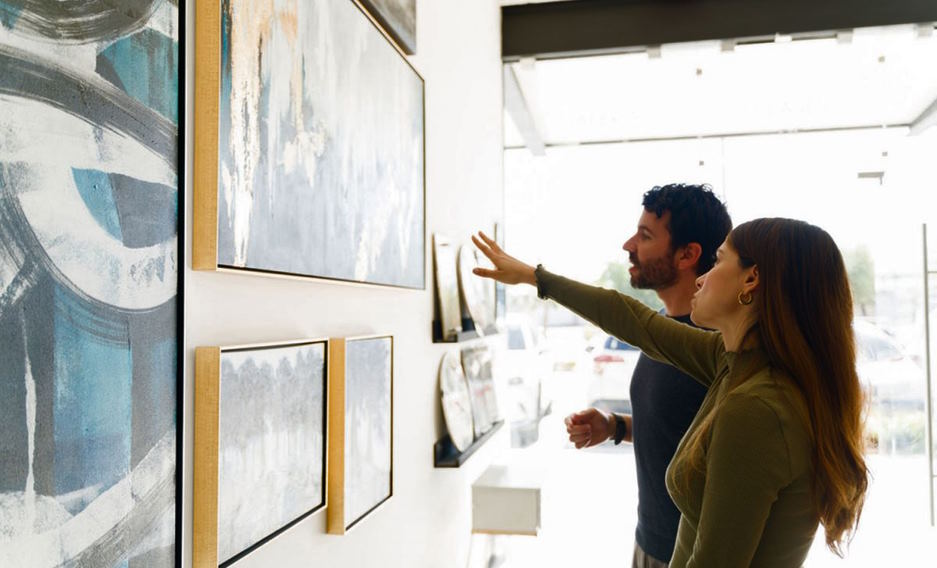
How To Buy Art: A Beginner’s Guide To Purchasing Art For Your Home Or Office
Art has the ability to transform any space, adding personality, depth, and meaning to your home or office. But for those who are new to the world of art, the process of purchasing artwork can be intimidating. With so many styles, mediums, and artists to choose from, it can be challenging to know where to start. However, with a little bit of research and preparation, buying art can be an exciting and rewarding experience. In this beginner’s guide, we will walk you through the essential steps to help you make informed decisions when purchasing art. From setting a budget and discovering your personal preferences to assessing the artwork’s authenticity and condition, and caring for your artwork over time, we’ll provide you with all the information you need to start building your art collection.
Research and Discover Your Preferences
Once you have set a budget for your art purchase, the next step is to research and discover your preferences. It’s important to understand the different art styles and movements, as this knowledge will help you to narrow down your options and make more informed decisions. You may prefer the bold colors and expressive brushstrokes of the Impressionist movement or the clean lines and geometric shapes of the Art Deco movement. Take some time to explore different styles and movements to find out what resonates with you.
One way to explore different styles is by visiting art galleries, museums, and exhibitions. Many cities have art museums and galleries that feature a variety of artwork from different artists and movements. Visiting these venues can be a great way to get a feel for different styles and to see how they work in different settings.
Finally, it’s essential to discover your personal preferences when it comes to art. What speaks to you? What do you want your artwork to say about you? Consider the colors, themes, and subjects that you are drawn to. Your personal preferences will help guide your choices when it comes to selecting artwork for your home or office.

Decide Where to Buy Art
Once you have an idea of what you’re looking for, the next step is to decide where to buy art. There are several options available, each with its own benefits and drawbacks.
Art galleries are a traditional option for buying art. They offer a curated selection of artwork and often have knowledgeable staff who can help you make an informed decision. However, galleries may be intimidating for some, and their prices may be higher than other options.
Online marketplaces are another option, offering a vast selection of artwork from all over the world. You can browse at your own pace, and many online marketplaces offer affordable pricing. However, it’s important to be cautious and make sure that you’re buying from a reputable seller.
Auction houses are another popular option for buying art, particularly for those interested in purchasing rare or valuable pieces. Auctions can be an exciting experience, and you may be able to find artwork at a lower price than in a gallery. However, the bidding process can be competitive, and it’s important to set a budget and stick to it.
Art fairs are another option, offering a chance to see a wide variety of artwork in person. You can talk to artists and dealers, see the artwork up close, and compare different pieces. However, fairs can be overwhelming, and it can be challenging to make a decision.

Making the Purchase
Once you’ve found the perfect piece of art, it’s time to make the purchase. However, there are a few things to keep in mind to ensure a smooth transaction.
Negotiation and pricing are important factors to consider when buying art. Depending on where you’re buying the art from, there may be room for negotiation on the price. It’s important to do your research beforehand to make sure you’re paying a fair price for the artwork.
Shipping and handling are also important to consider. If you’re buying online or from a different city or country, make sure to ask about the shipping process. The artwork should be properly packaged to ensure it arrives in good condition. Additionally, shipping costs should be clearly outlined upfront.
Insurance and warranties are also important considerations when making a purchase. Some art dealers or galleries may offer warranties or guarantees on the artwork’s authenticity, condition, or provenance. It’s important to ask about these options and consider purchasing additional insurance to protect your investment.
